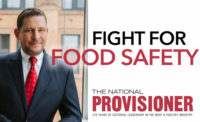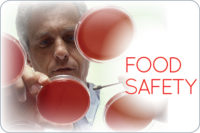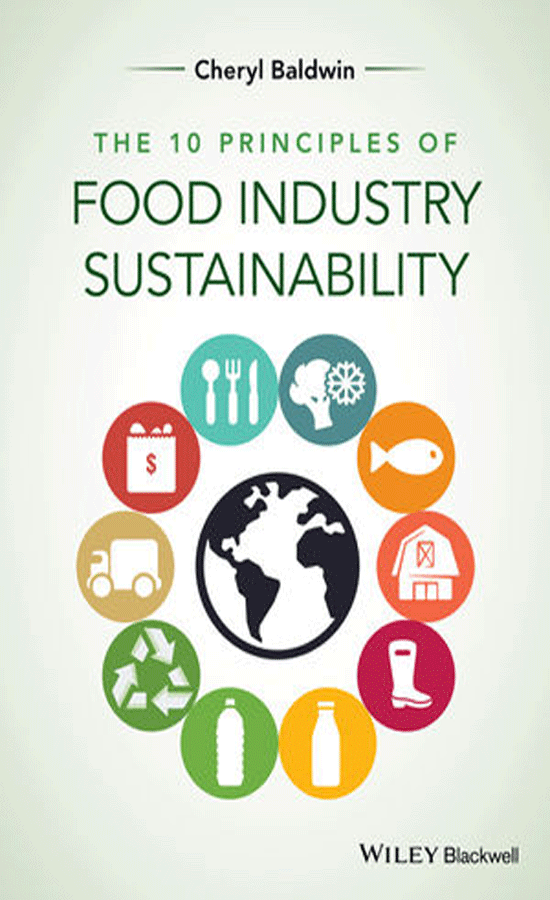Sometimes children (and occasionally adults) engage in behavior that is considered risky. Imagine failing to look both ways before crossing the street or, perhaps, driving too fast for conditions.
Some of these behaviors occur so frequently that we find ourselves constantly reminding one another to beware. We always instruct our children, for instance, to look both ways before stepping into a roadway, and will often warn our spouse (always with affection, of course) to drive carefully.
And, even in our larger society, we tend to embrace these same ideals. A continuous drone of television commercials and radio ads warn us to wear bicycle helmets, to buckle up, to avoid drinking and driving, to “just say no” to illicit drugs, and to quit smoking — if we can muster the will.
What has been missing from this equation in recent years, however, is a national public awareness campaign aimed squarely at food safety. According to the CDC, each year there are approximately 76 million foodborne illnesses in the United States. While improvements in national foodborne illness surveillance and reporting explain some of the recent increases in food product recalls and outbreaks, the reality is that with increased corporate and industry awareness, new interventions and emerging food-safety technologies, the food we buy is the safest it has ever been. What, then, explains the large number of annual foodborne illnesses?
People, not products
Indeed, less cited statistics confirm that approximately 70 percent of foodborne illnesses (or, more than 50 million cases annually) have nothing to do with the underlying safety of food. Rather, the majority of illnesses are caused by contamination where food products are prepared. Notably, according to recent consumer survey data published by the American Meat Institute (AMI), only 34 percent of consumer respondents admitted knowing safe cooking temperatures, and only one in five consumers admitted using a thermometer when cooking meat. If true, these numbers are wholly unacceptable.
Food safety, of course, is a complicated and dynamic issue. Although it’s always easy to sensationally criticize and indiscriminately attack the industry as a whole, more stakeholders need to acknowledge and embrace the concept that everyone in the farm-to-fork continuum plays a critical role in preventing foodborne illness.
For this reason, we also need to recognize and congratulate AMI for leading the charge in a new campaign aimed at educating consumers on the proper handling, cooking and storing of meat and poultry products. The organization recently released a 60-second national radio spot reminding consumers of the importance of meat and poultry thermometers and directing them to
www.meatsafety.org. We applaud the efforts of AMI, and strongly encourage others to follow.
As we’ve noted previously, we currently enjoy one of the safest food supplies in the world. Far more common than food-safety problems that occur at the highly regulated food production level are those which occur at the consumer level.
As a result, if consumers and those who handle foods can be better educated to simply wash their hands, and prepare foods appropriately, most illnesses can be eradicated.
Shawn K. Stevens defends and counsels meat companies in foodborne illness matters throughout the United States. Mr. Stevens also assists industry clients with regulatory compliance, recall planning, crisis management and other issues in advance of and following major food-product recalls. Additional information about his practice can be found at
www.defendingfoodsafety.com.
Healthy Dose of Consumer Education Needed






